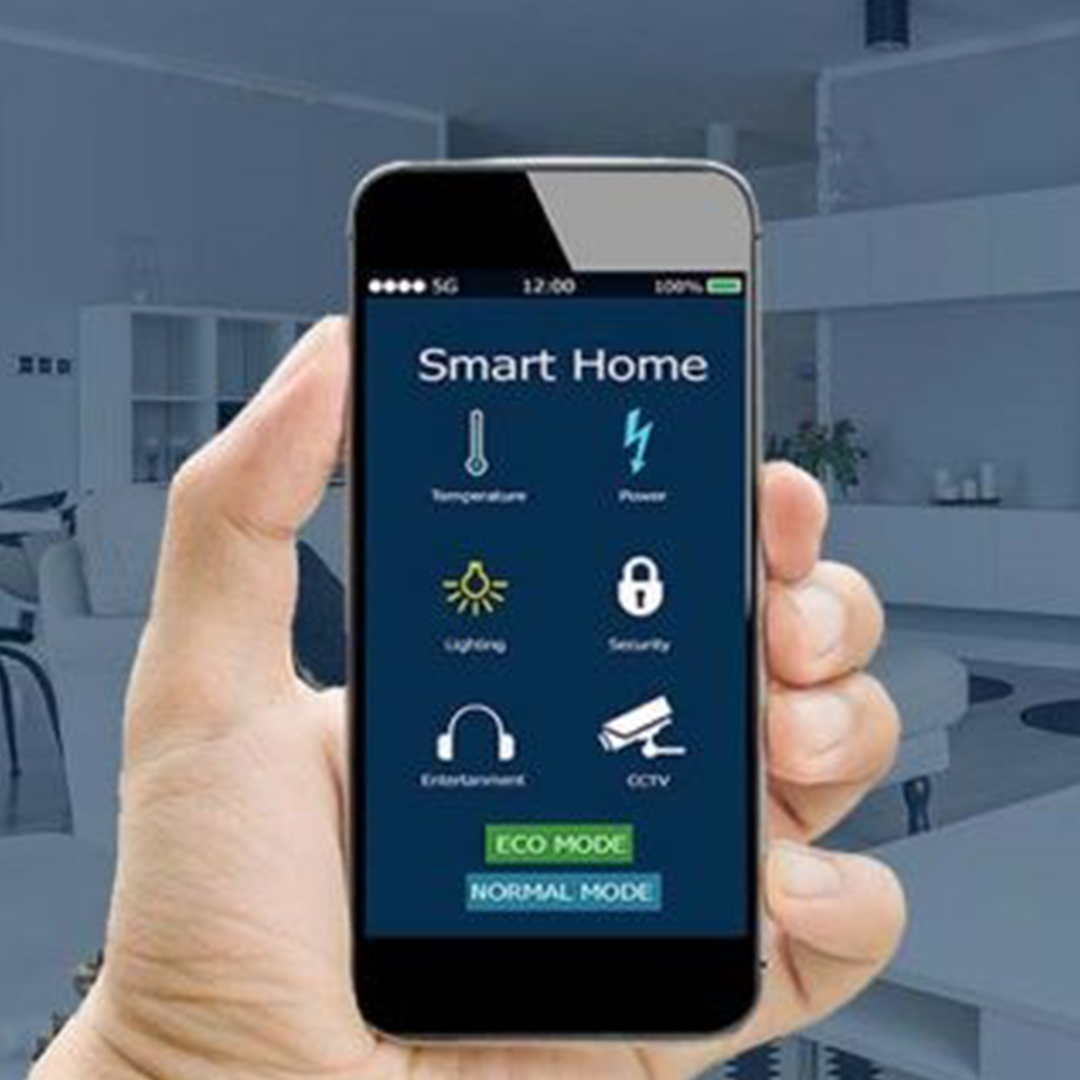Description
Overview of Home Automation Using Zigbee
Home automation systems using Zigbee technology offer a robust and energy-efficient solution for integrating smart devices in a home environment. Zigbee is a wireless communication protocol designed for low-power, low-data-rate applications, making it ideal for smart home devices such as lights, thermostats, sensors, and security systems.
Operating on the 2.4 GHz frequency band, Zigbee allows for seamless communication between devices, forming a mesh network where devices act as nodes, increasing overall system reliability. One key advantage is its scalability, supporting hundreds of devices across a single network. Its interoperability with different manufacturers’ devices ensures flexibility in design and installation.
Zigbee’s low power consumption extends battery life for connected devices, making it highly suitable for home automation applications, especially in larger homes with numerous smart devices.
Applications in Home Automation Using Zigbee
- Smart lighting systems
- Automated window blinds
- Smart door locks
- Thermostat control
- HVAC system integration
- Security cameras
- Motion detectors
- Smoke detectors
- Carbon monoxide detectors
- Smart plugs
- Smart power strips
- Energy monitoring
- Water leak detectors
- Smart sprinklers
- Smart irrigation systems
- Voice-controlled devices
- Smart kitchen appliances
- Garage door automation
- Smart doorbells
- Alarm systems
- Intrusion detection
- Multi-room audio systems
- Home theatre automation
- Temperature sensors
- Humidity sensors
- Lighting dimmers
- Smart fans
- Appliance control
- Curtain control
- Door/window sensors
- Smart mirrors
- Home intercom systems
Technical Specifications of GAO Tek Home Automation Using Zigbee
Zigbee End Devices in Home Automation Systems
In home automation systems, Zigbee end devices play a critical role in connecting sensors, actuators, and other smart devices to the network. These end devices, typically low-power components, include smart light bulbs, sensors, door locks, and thermostats, among others. In a Zigbee network, end devices do not route data for other devices, making them energy-efficient and ideal for battery-operated systems.
Zigbee end devices are attached within the mesh network architecture, which typically consists of a Zigbee coordinator (the central hub) and routers (intermediate devices). The coordinator initializes and manages the Zigbee network, while routers expand network coverage by forwarding data packets. End devices are connected to either a router or the coordinator, depending on their location in the home.
In practice, end devices are strategically placed throughout the home based on the type of automation they support. For example, smart door locks are installed at entry points, motion sensors are placed in rooms or hallways, and smart plugs are located at outlets for device control. Their attachment to the Zigbee network is usually done through a simple pairing process where the device is powered on and connected to the network using a unique identifier.
The mesh networking capability of Zigbee ensures that even if an end device is far from the coordinator, it can still communicate through other devices (routers), maintaining a reliable and scalable Home Automation system. This allows for a more efficient distribution of smart automation throughout the home.
Zigbee Gateways in Home Automation Systems
In home automation systems, Zigbee gateways, also referred to as Zigbee coordinators or hubs, serve as the central point for managing and controlling all Zigbee devices within the network. The gateway acts as the bridge between the Zigbee mesh network and the local Wi-Fi or Ethernet network, allowing users to control their home automation devices remotely through apps or voice assistants.
Zigbee gateways are typically installed in a central location within the home to maximize network coverage and ensure strong communication with both the Zigbee end devices and routers. This positioning is crucial since Zigbee operates on the 2.4 GHz frequency, which has a limited range but high efficiency in building mesh networks. The gateway can be placed in common areas like living rooms, hallways, or near the home’s Wi-Fi router to facilitate seamless communication between devices.
To install a Zigbee gateway, users typically connect it to the local network via Wi-Fi or a direct Ethernet connection. Once powered on, the gateway becomes the coordinator for the Zigbee mesh network, managing the pairing of end devices such as smart lights, sensors, and locks. During setup, the gateway is configured via a mobile app or web interface, allowing users to register and control connected devices.
In larger homes or areas with obstructions, additional Zigbee routers can be installed to extend the network range and maintain reliable communication between the gateway and distant devices, ensuring a robust home automation experience.
Cloud Systems
GAO Zigbee Cloud Systems consist of the following parts:
GAO Zigbee Gateways and Zigbee End Devices
GAO Zigbee Cloud Services Engine
Cloud Infrastructure, HTTP/HTTPS or MQTT/MQTTS protocols, Zigbee Middleware, Data Analytics and Business Intelligence, and Security Measures.
Integration APIs
APIs enable seamless integration between the Zigbee solution and existing home automation systems such as POS, inventory management, and e-commerce platforms, allowing for data exchange and synchronization.
Server, PC & Mobile Systems
GAO Server, PC & Mobile Zigbee Systems are composed of
Zigbee Gateways and Zigbee End Devices
GAO Server, PC & Mobile Software Engine Zigbee
Servers, PCs, Mobile Computing Devices and Infrastructure, Middleware Software, and Database Management System.
Integration with Home Automation Systems
The server, PC, and mobile solution integrates with existing home automation systems such as inventory management, asset management, point-of-sale (POS), and enterprise resource planning (ERP) systems. Integration is achieved through APIs, database connections, or middleware adapters, enabling seamless data exchange, and synchronization.



